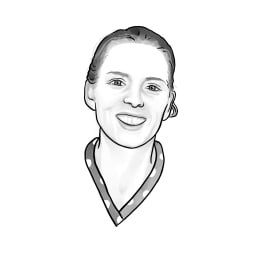.jpg)
Nitrogen emissions not confined to farms, UvA researchers conclude
How does nitrogen spread from dairy farms? Does it only fall onto the farm or does it end up miles away in natural areas? And is it then actually absorbed by vegetation? UvA researchers investigated this over the past four years after doubts arose about an earlier RIVM report. “91 percent of the nitrogen falls outside a 500-meter radius of dairy farms.”
The vast majority of nitrogen emissions from dairy farms do not end up on the farm itself but are moved over distances greater than 500 meters and end up in higher air layers. That is the main conclusion of the nitrogen report that UvA researchers Albert Tietema, Emiel van Loon, and Roland Bol of the Institute for Biodiversity and Ecosystem Dynamics (IBED) will present on Tuesday, September 12th.
Commissioned by the Mesdag Dairy Fund, the UvA conducted the research in response to unrest among farmers in 2020 over the measurement methods of the National Institute for Public Health & the Environment (RIVM). The RIVM uses model calculations for nitrogen deposits based on ammonia concentrations in nature. According to the Mesdag Dairy Fund, it did not measure whether that ammonia came from farms, traffic, or industry, or whether that ammonia is absorbed by vegetation.
The UvA has now conducted that research at two dairy farms in the Netherlands. Among other things, the researchers worked with biomonitors: plants hungry for nitrogen placed around the dairy farms and in nature reserves. This showed that the nitrogen absorbed by plants up to 500 meters from the barn does indeed come mainly from the dairy farms, not from traffic or industry.
The RIVM’s mathematical model also appears to accurately predict the ammonia concentration in the air around the barn, although in this study, the RIVM model could not yet be validated for ammonia precipitation in the vicinity of the barn.
A more extensive interview about the report with research leaders Albert Tietema and Emiel van Loon will appear in Folia on Wednesday.

.jpg)
